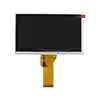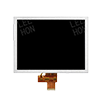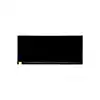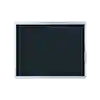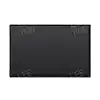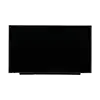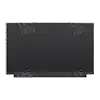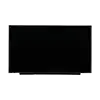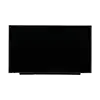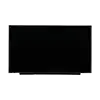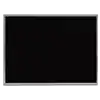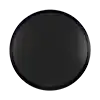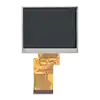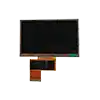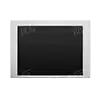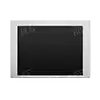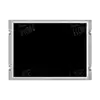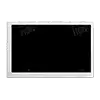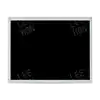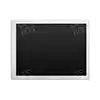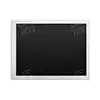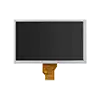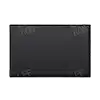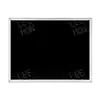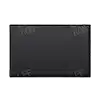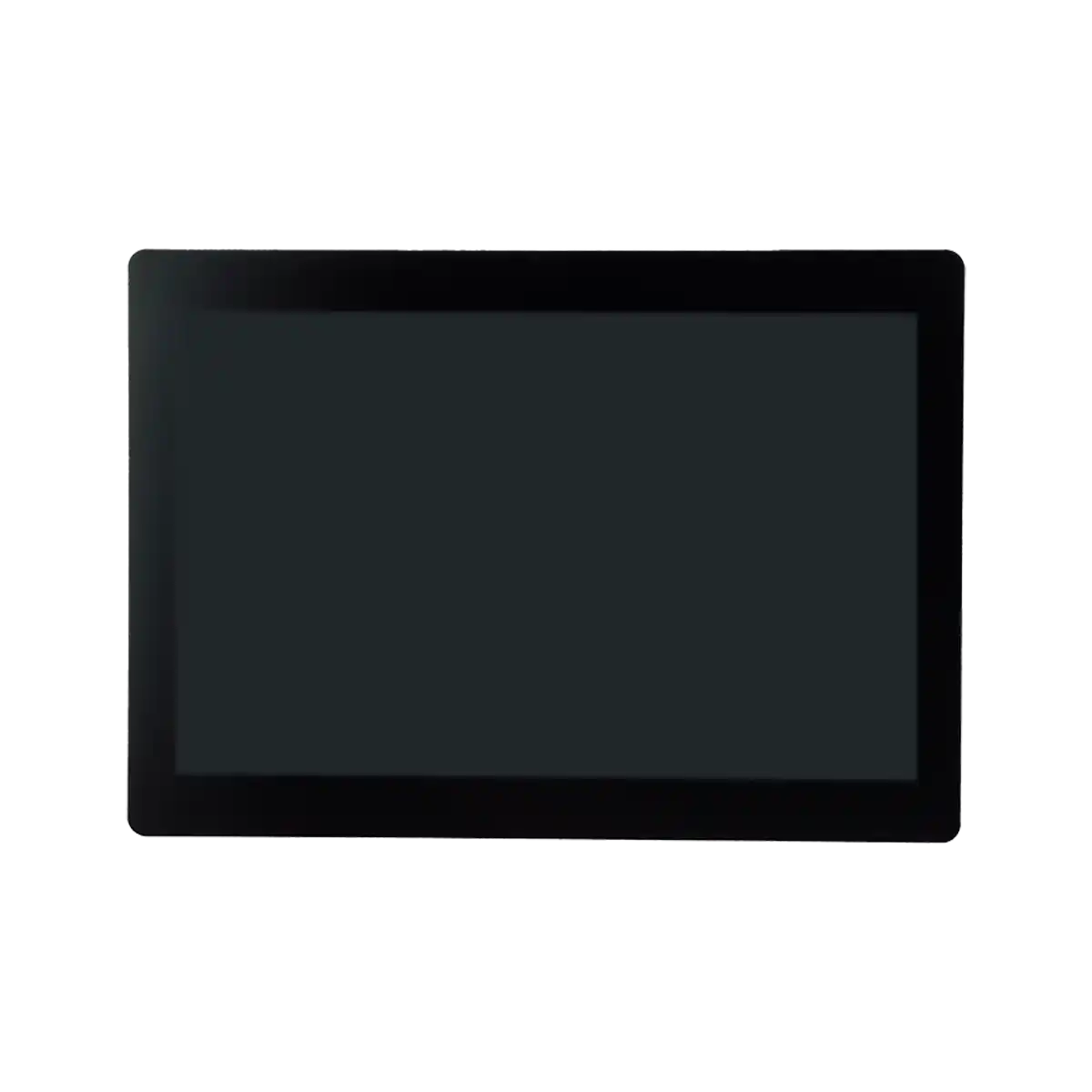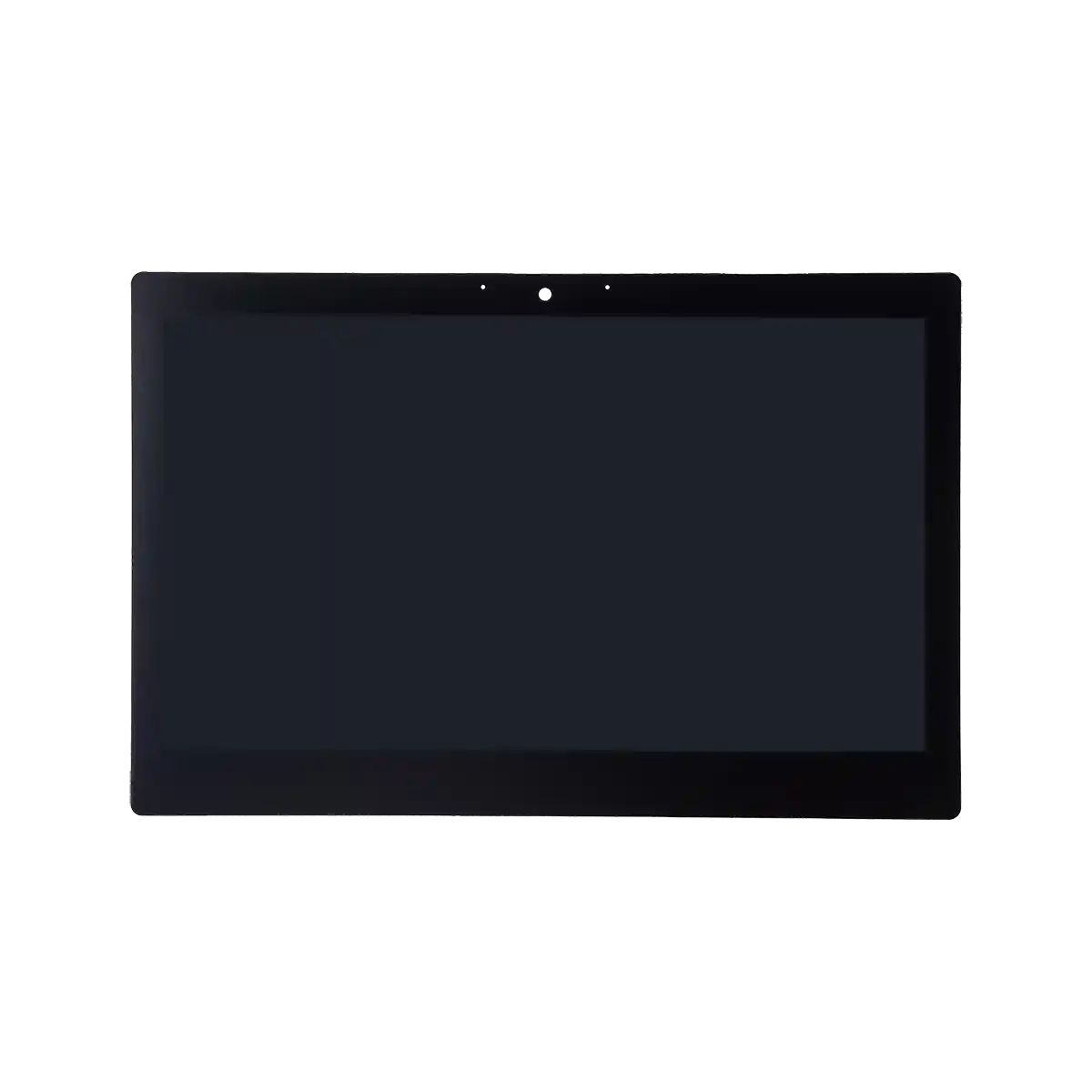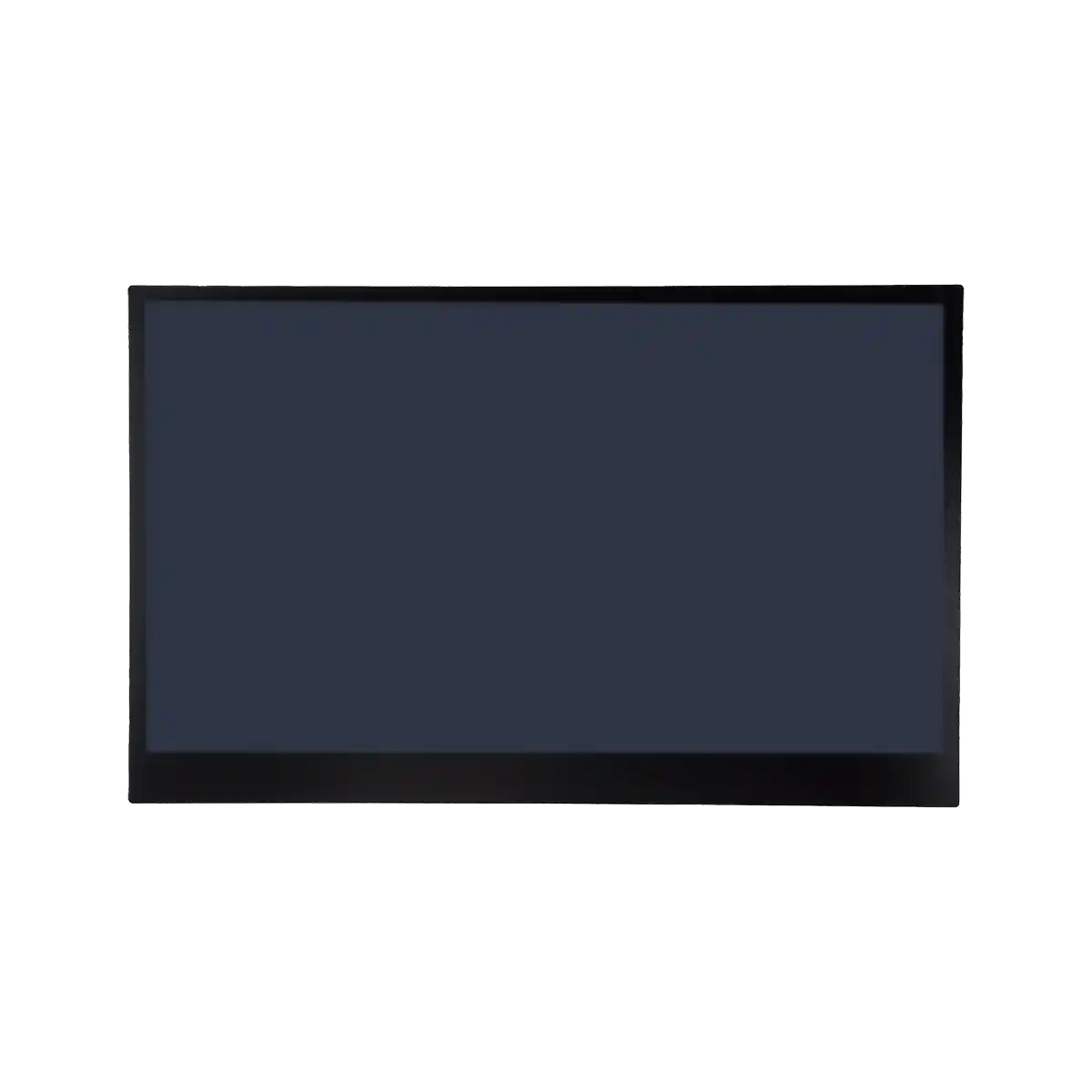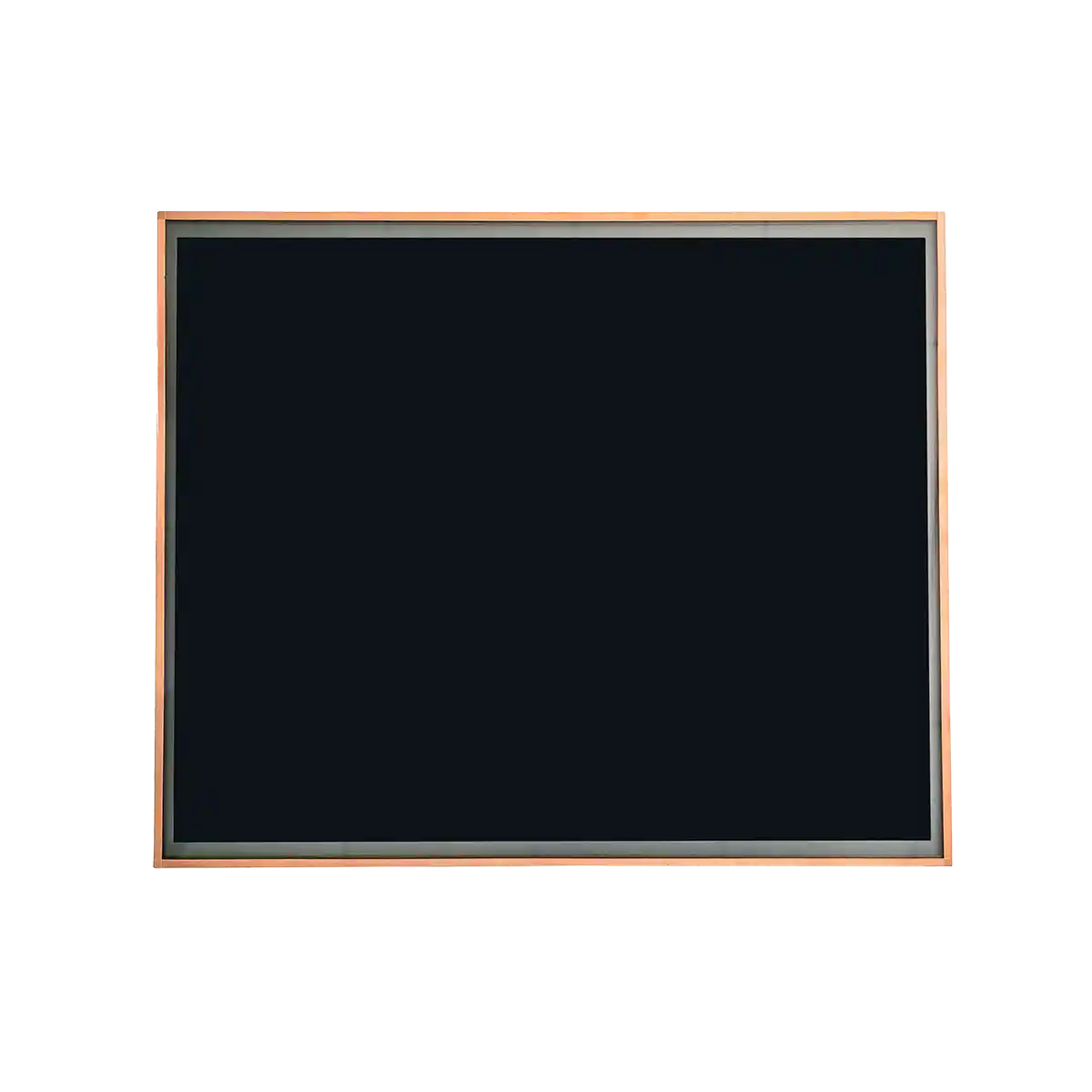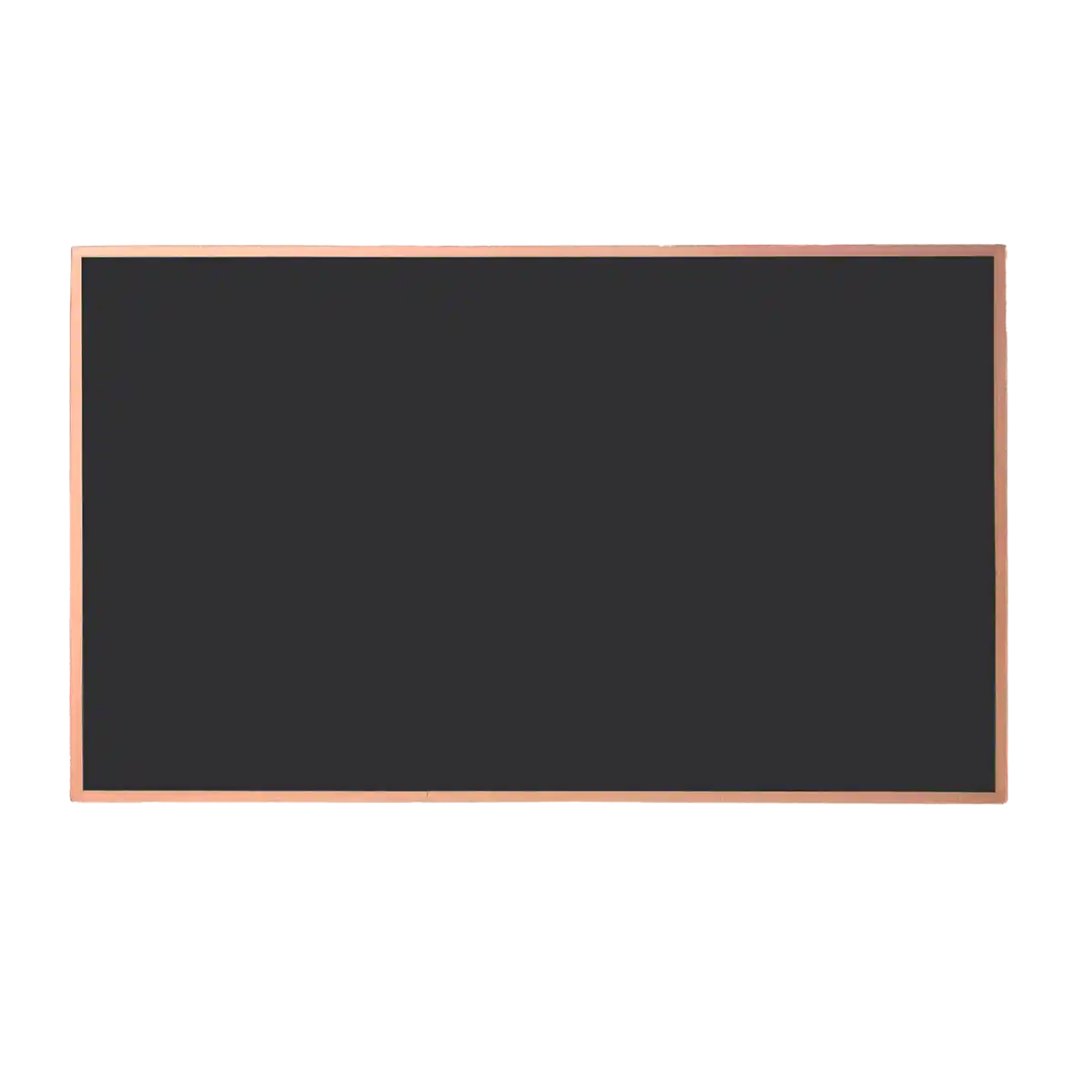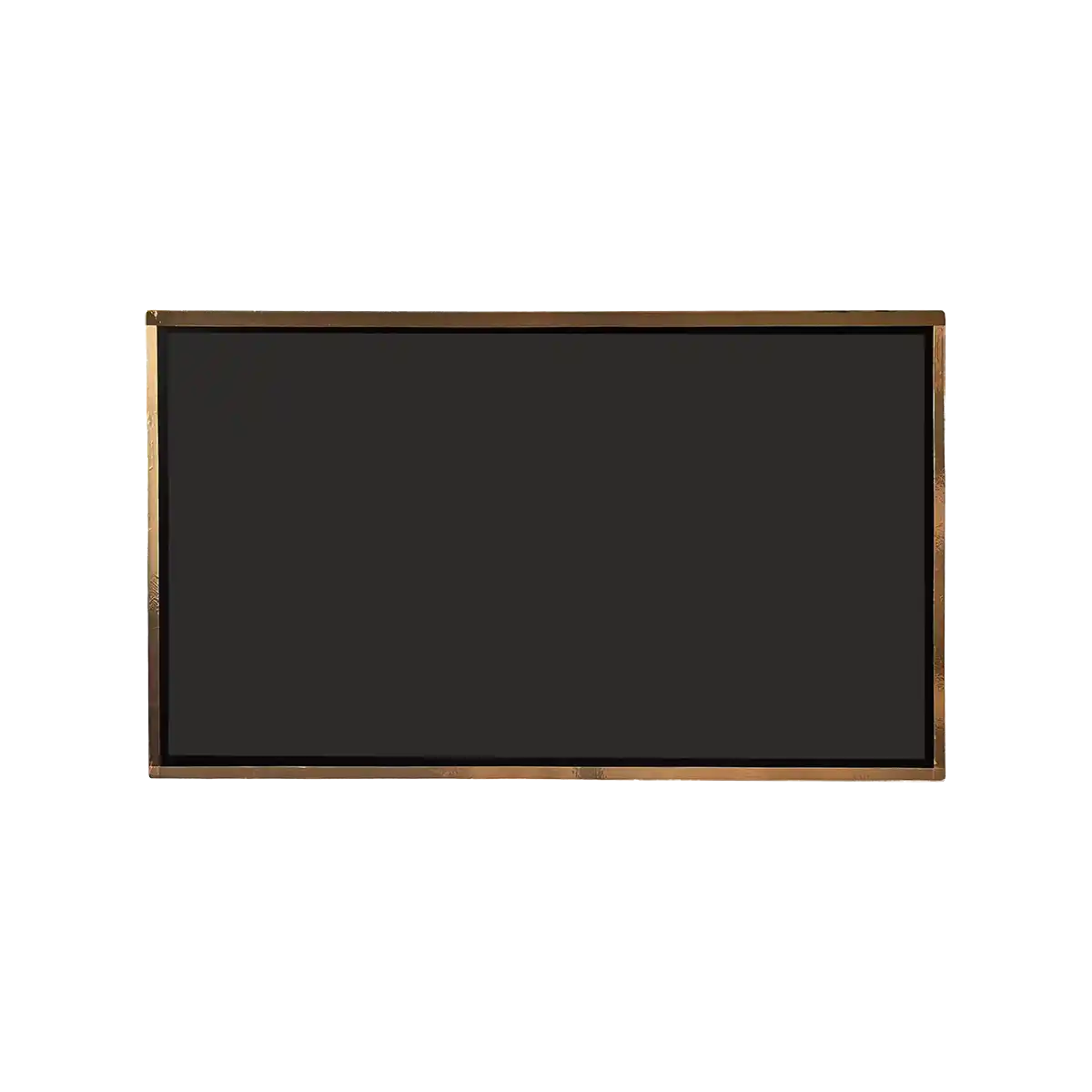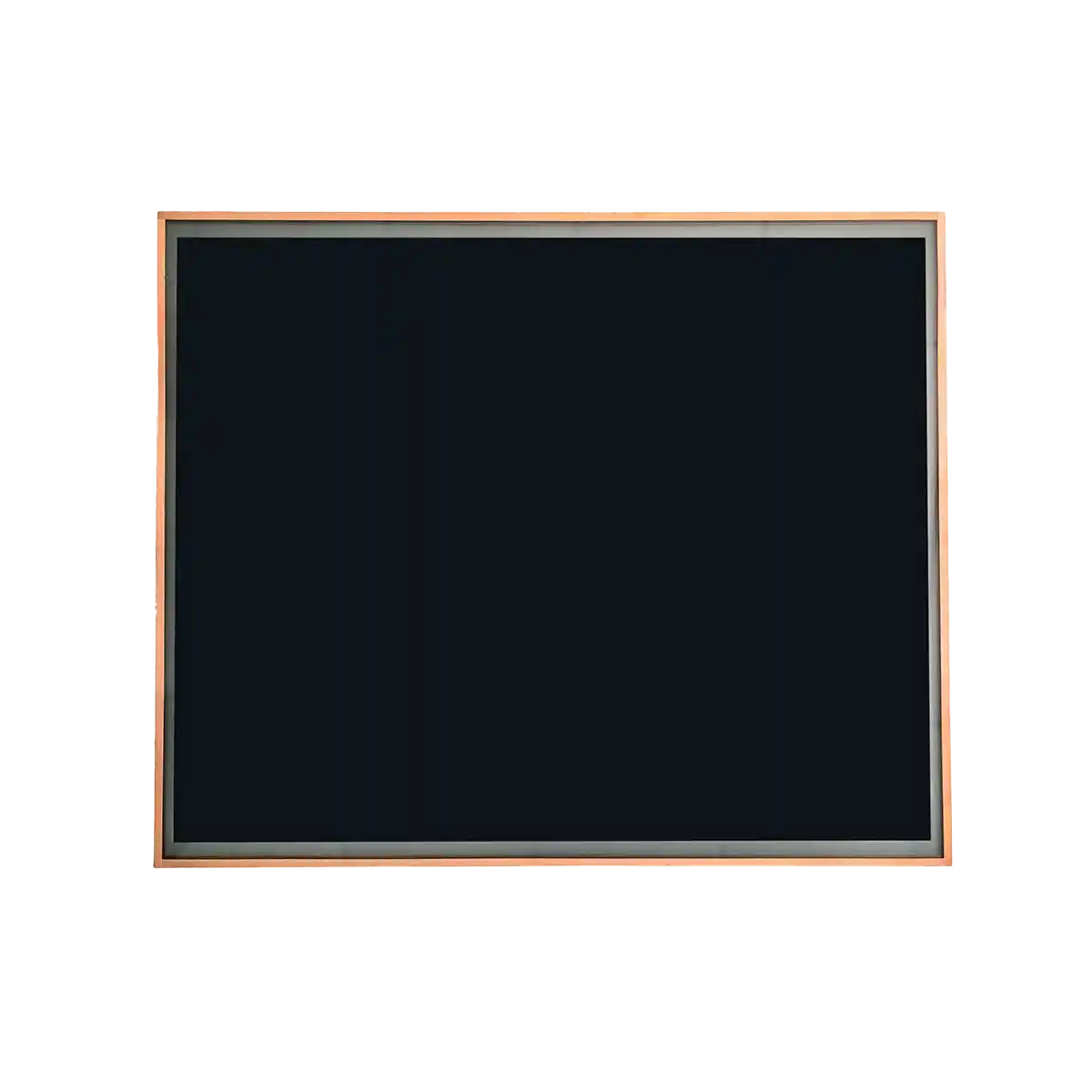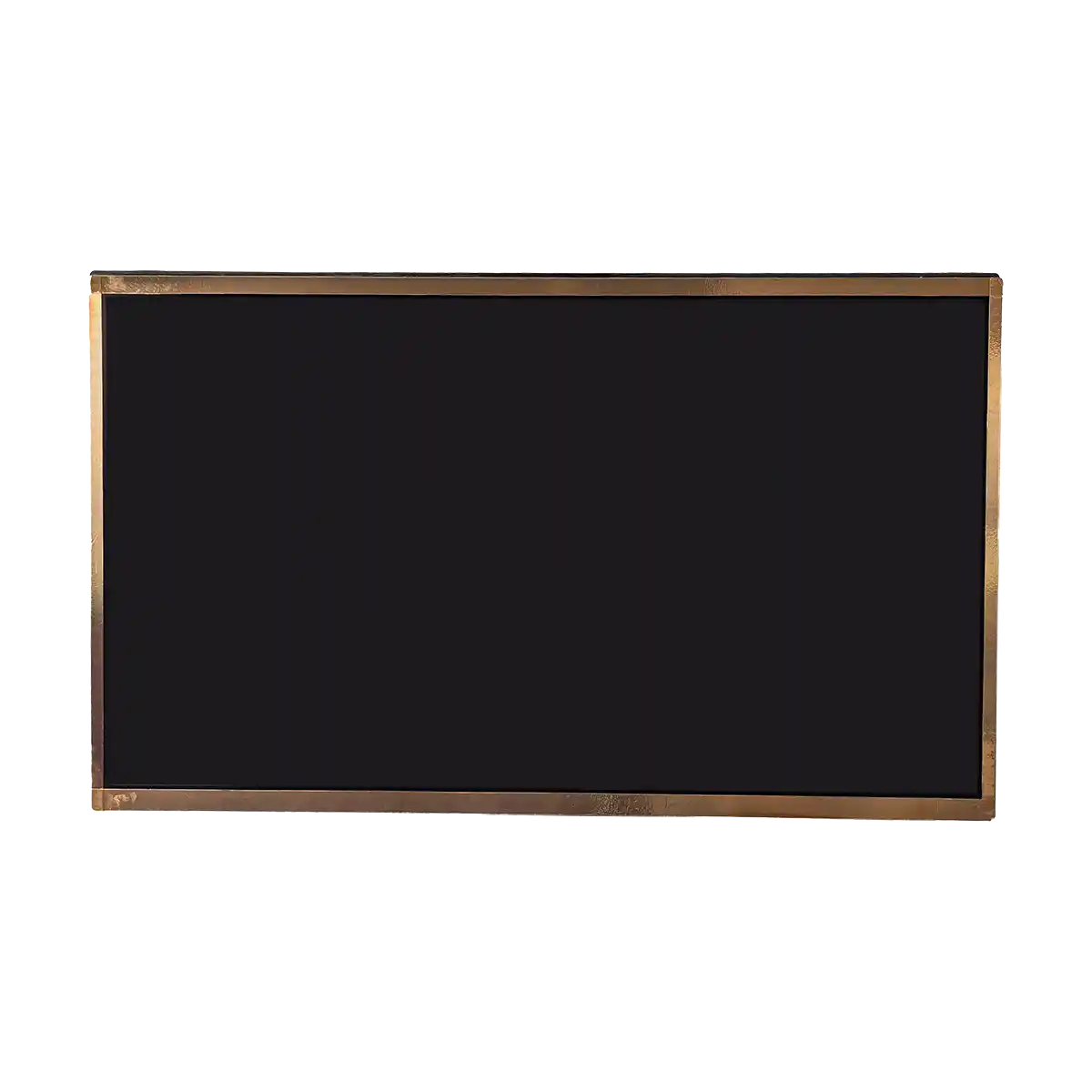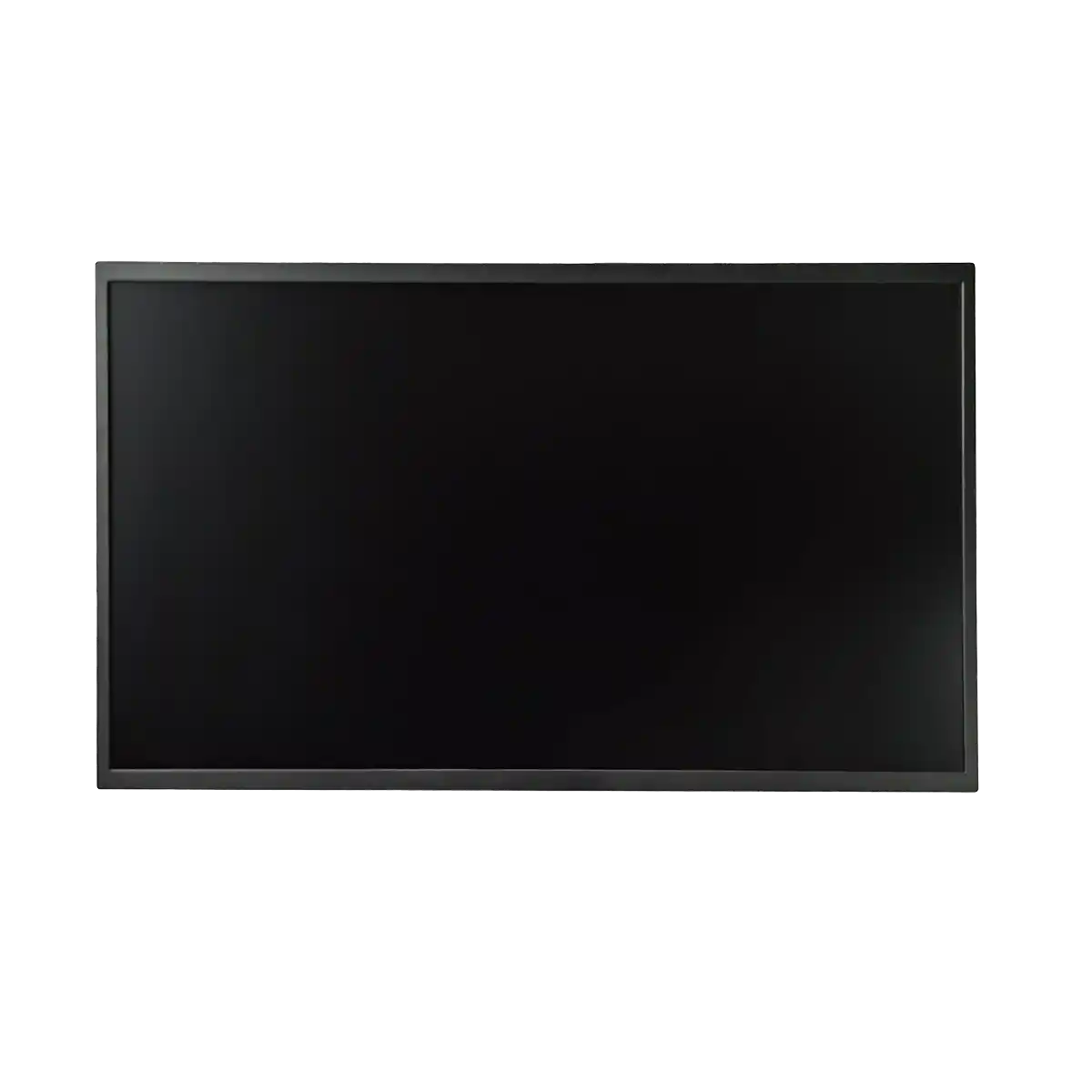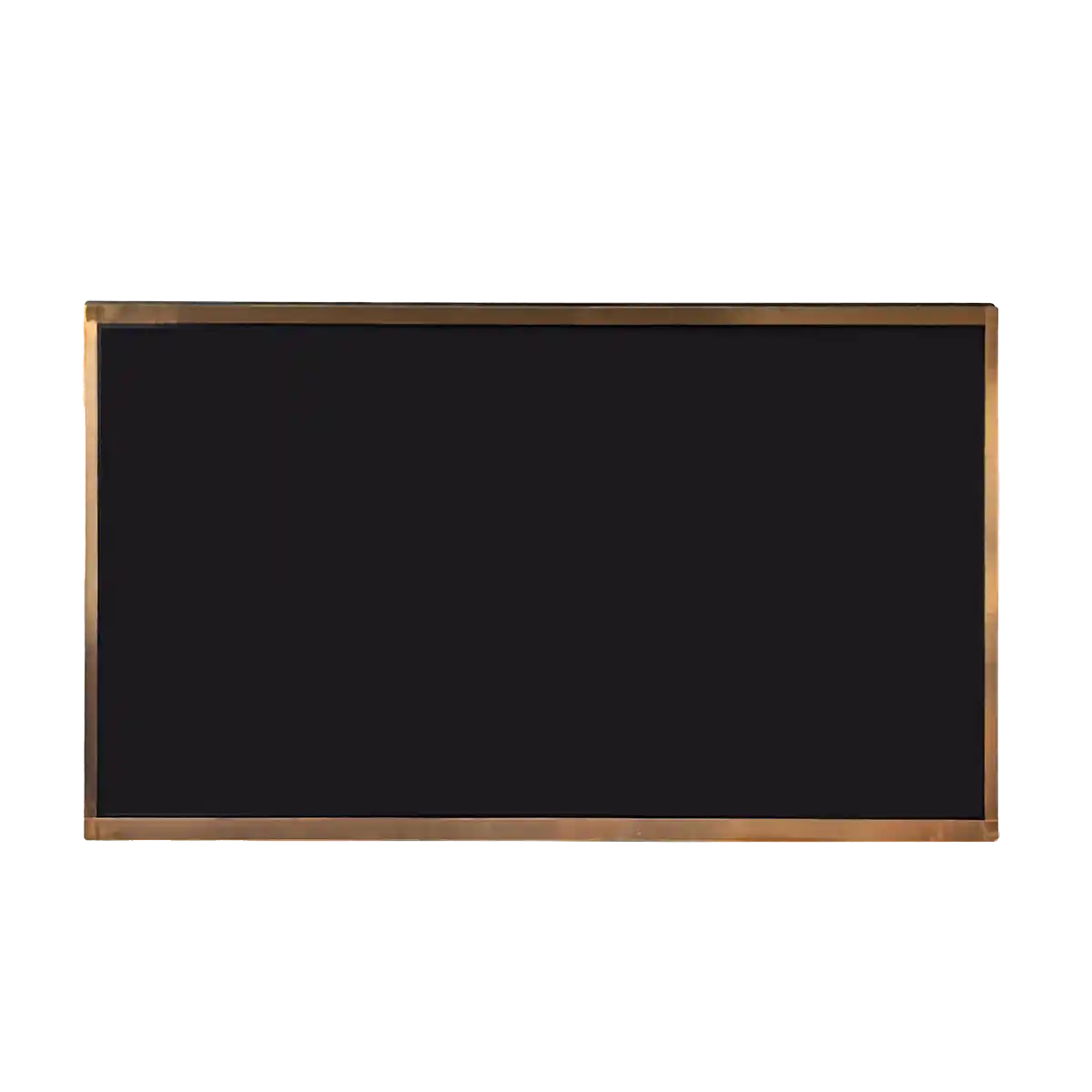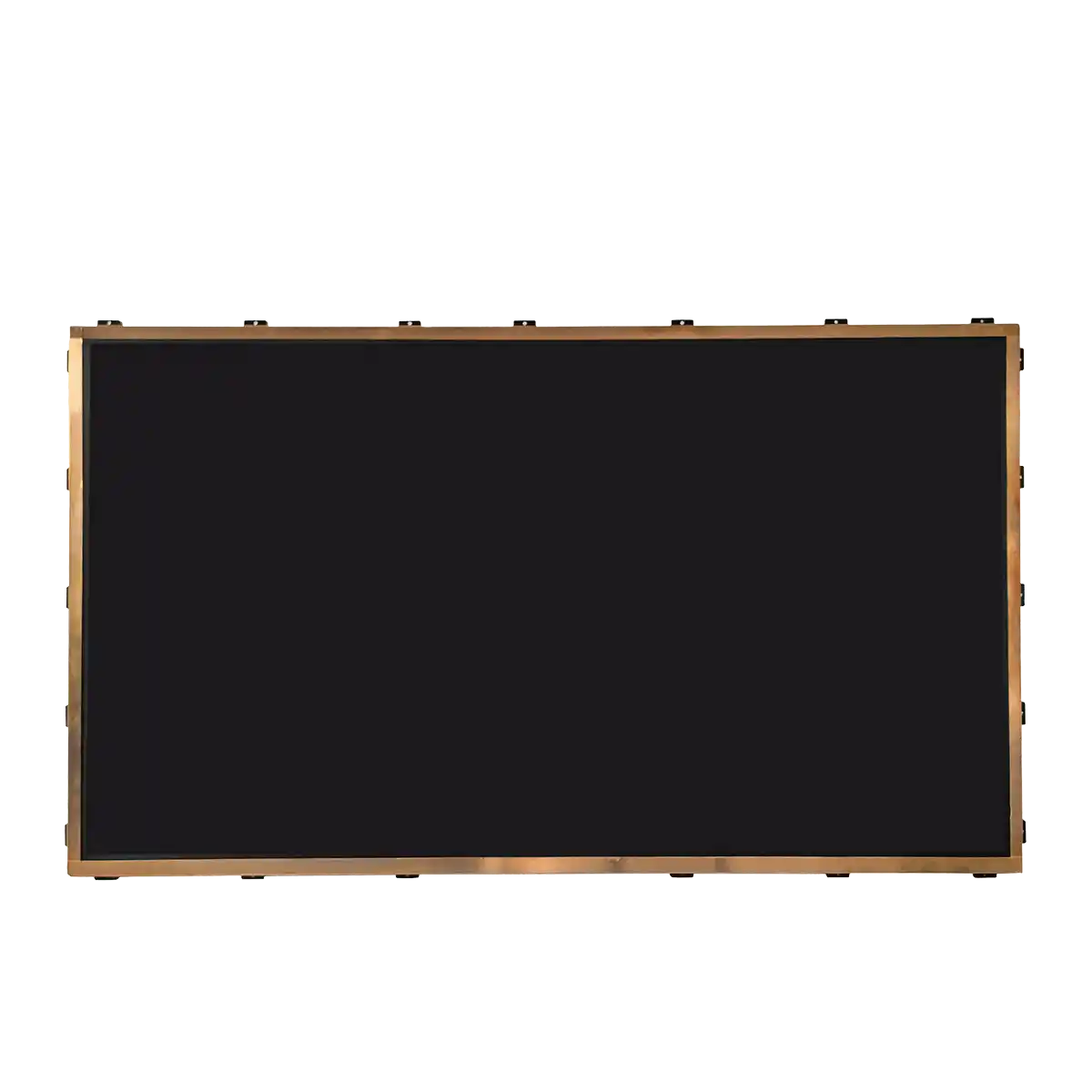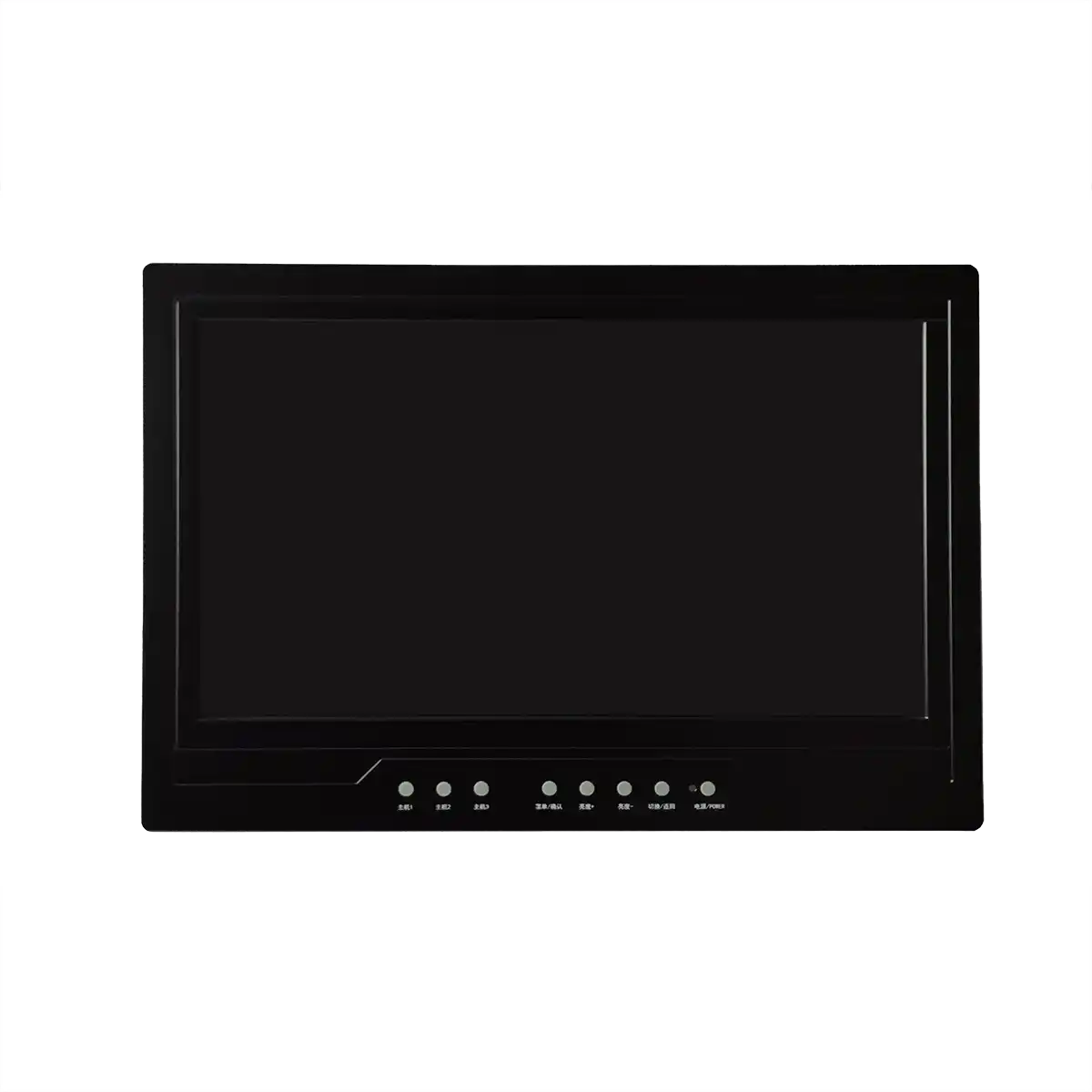Vibration Resistance in Industrial LCD Panels: A Key Feature for Mobile Applications Introduction
Introduction
In the dynamic and ever-evolving landscape of industrial applications, the mobility of machinery and equipment has become increasingly prevalent. Industrial LCD screens, integral to the control and monitoring systems of these mobile platforms, must be capable of withstanding the rigors of constant motion and vibration. Vibration resistance is a critical feature for these displays, ensuring that they remain functional and reliable in environments subject to mechanical shocks and oscillations. This article delves into the importance of vibration resistance in industrial LCD panels, exploring the technological advancements that enable these screens to perform optimally in mobile applications.
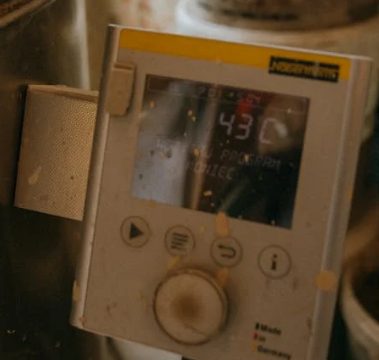
Body
Understanding Vibration Resistance
Vibration resistance in industrial LCD panels refers to the ability of a display to maintain its structural integrity and operational performance under the influence of mechanical vibrations. These vibrations can be caused by the movement of the vehicle or machinery itself, as well as external factors such as road conditions or operational processes. The resilience of an LCD panel to such vibrations is often measured by its compliance with specific standards, such as the MIL-STD-810G, which outlines methods for testing equipment resistance to vibrations.
Design Considerations for Vibration Resistance
To achieve vibration resistance, industrial LCD screens are engineered with several design considerations in mind. These include the use of robust materials for the screen's housing, which can absorb and dampen the effects of vibrations. Additionally, the internal components, such as the LCD panel itself, backlighting, and electronic circuitry, are secured with vibration-damping mounts or adhesives to prevent them from being dislodged or damaged.
Technological Advancements
Advancements in technology have led to the development of industrial LCD screens that are specifically designed for mobile applications. For instance, some panels incorporate flexible printed circuit boards (FPCBs) that can flex with the vibrations without breaking, ensuring a continuous electrical connection. Furthermore, the use of high-strength adhesives and specialized mounting systems helps to secure the LCD panel within its housing, providing a stable platform that can withstand the forces of vibration.
Applications and Benefits
The benefits of vibration-resistant industrial LCD screens are manifold, particularly in mobile applications such as construction vehicles, agricultural machinery, and military vehicles. These screens provide clear and reliable information to operators, even under the most challenging conditions. The ability to withstand vibrations also extends the lifespan of the display, reducing the need for frequent replacements and minimizing downtime.
Conclusion
Vibration resistance is a pivotal feature for industrial LCD screens in mobile applications, ensuring that these displays remain operational and provide clear visibility despite the constant vibrations they experience. By incorporating advanced materials, design techniques, and technological solutions, manufacturers are able to produce LCD panels that are not only durable but also reliable in the face of the harsh conditions typical of mobile environments.
Expansion
For further exploration, it is essential to consider the future of vibration-resistant industrial LCD screens. As technology progresses, we can expect to see even more sophisticated methods of vibration mitigation, potentially including adaptive damping systems that adjust in real-time to the level of vibration experienced. Additionally, the integration of smart sensors that can predict and compensate for vibrations could further enhance the performance of these displays in mobile applications. The ongoing development of these technologies will undoubtedly continue to push the boundaries of what is possible for industrial LCD screens in terms of durability and functionality.
Recommended Articles
-
Hangzhou LEEHON Technology supplies BOE GT080X0M-N12: High quality 7-inch TFT-LCD module solution
2024-09-14 -
How to Check for Issues in Industrial LCD Panels
2024-09-11 -
How does an LCD screen find individual pixels?
2024-09-11 -
What is the difference between eDP and LVDS?
2024-09-11 -
In-depth analysis of the development of automotive display technology
2024-09-10

